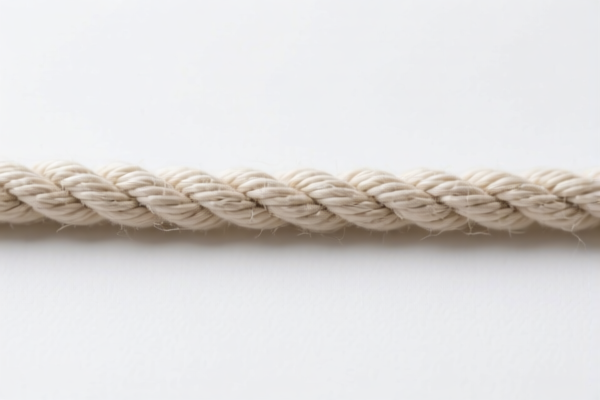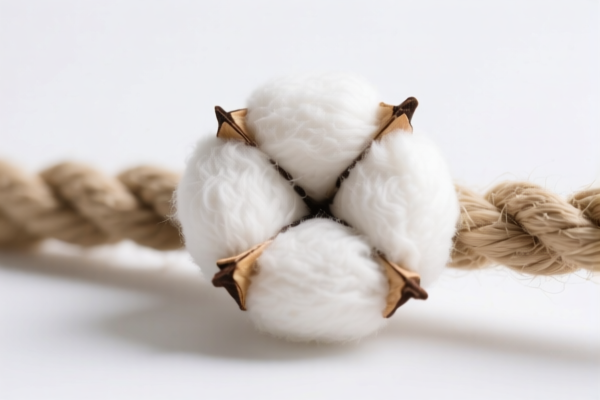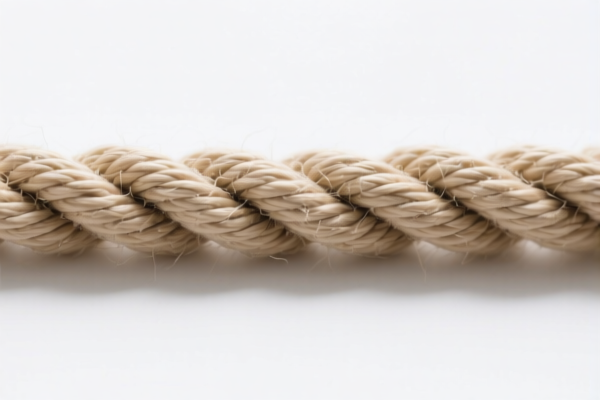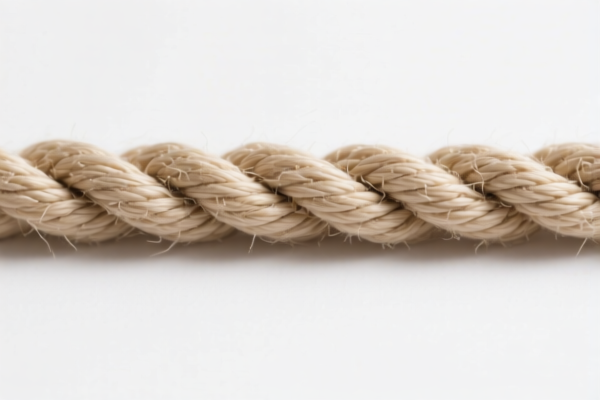| HS Code | Official Doc | Tariff Rate | Origin | Destination | Effective Date |
|---|---|---|---|---|---|
| 5607909000 | Doc | 61.3% | CN | US | 2025-05-12 |
| 5607493000 | Doc | 58.6% | CN | US | 2025-05-12 |
| 5609001000 | Doc | 57.9% | CN | US | 2025-05-12 |
| 5609002000 | Doc | 55.0% | CN | US | 2025-05-12 |




Weaving Rope
Definition: Weaving rope is a method of creating rope or cordage by interlacing strands of fiber. This process differs from twisting, braiding, or plaiting, and results in a flat, often decorative, cord or band.
Material:
A wide variety of natural and synthetic fibers can be used in weaving rope. Common materials include:
- Natural Fibers:
- Plant Fibers: Hemp, sisal, jute, cotton, raffia, grasses, reeds. These offer varying degrees of strength, durability, and texture.
- Animal Fibers: Horsehair, sinew (historically).
- Synthetic Fibers: Nylon, polyester, polypropylene. These provide greater strength, resistance to abrasion and weathering, and consistency.
Purpose:
Historically, weaving rope was a fundamental technique for creating essential items. Modern uses are often focused on decorative or specialized applications.
- Historical: Lashing, binding, constructing nets, creating structural elements in shelters, clothing, and tools.
- Contemporary: Decorative crafts (macramé, wall hangings, plant hangers), jewelry making, edging for clothing or furniture, specialized lashing in certain crafts or traditional building techniques, and certain types of straps or belts.
Function:
The function of weaving rope relies on the interlacing of fibers to create tensile strength and flexibility. The interwoven structure distributes load across multiple strands, providing resistance to breaking. The flat construction makes it useful where a wider bearing surface is desired.
Usage Scenarios:
- Craft Projects: Macramé plant hangers, wall art, coasters, bracelets, belts, keychains.
- Gardening: Supporting plants, creating decorative borders.
- Furniture: Edging or detailing on furniture pieces.
- Historical Reenactment/Living History: Creating authentic cordage for period-accurate tools, structures, or clothing.
- Specialized Lashing: Securing poles in certain building techniques (e.g., traditional Japanese joinery).
Common Types/Techniques:
- Simple Weave: The most basic form, involving alternating over-under interlacing of warp and weft strands.
- Tapestry Weave: More complex, allowing for patterns and designs by varying the color and placement of weft strands.
- Loop Weave: Creating a textured surface with loops of fiber.
- Plaiting (often confused with weaving): While similar, plaiting involves interlacing three or more strands diagonally, rather than the perpendicular interlacing of weaving.
- Warp and Weft: The two fundamental components of woven rope. The warp strands run lengthwise, while the weft strands are interlaced across them.
The declared goods, “weaving rope”, fall under several classifications based on material composition. These ropes are typically used in various applications such as construction, marine activities, and general tying purposes.
Here are the relevant HS codes based on the provided information:
- 5607.90.90.00: This HS code covers twine, cordage, ropes and cables, whether or not plaited or braided, and whether or not impregnated, coated, covered or sheathed with rubber or plastics, categorized as “Other: Other”. This is a broad classification for ropes not specifically defined elsewhere. The total tax rate is 61.3%, comprising a 6.3% base tariff and a 25.0% additional tariff, increasing to 30.0% after April 2, 2025.
- 5607.49.30.00: This HS code specifically applies to twine, cordage, ropes and cables made of polyethylene or polypropylene, categorized as “Other: Other”. This classification is for ropes constructed from these specific plastic materials. The total tax rate is 58.6%, consisting of a 3.6% base tariff and a 25.0% additional tariff, rising to 30.0% after April 2, 2025.
- 5609.00.10.00: This HS code covers articles of yarn, strip or the like of heading 5404 or 5405, twine, cordage, rope or cables, not elsewhere specified or included, made of cotton. The total tax rate is 57.9%, with a 2.9% base tariff and a 25.0% additional tariff, increasing to 30.0% after April 2, 2025.
- 5609.00.20.00: This HS code applies to articles of yarn, strip or the like of heading 5404 or 5405, twine, cordage, rope or cables, not elsewhere specified or included, made of vegetable fibers, except cotton. The total tax rate is 55.0%, consisting of a 0.0% base tariff and a 25.0% additional tariff, rising to 30.0% after April 2, 2025.
Chapter Breakdown:
- 56: This chapter generally covers man-made filaments; articles of man-made filaments; woven fabrics of man-made filaments; and products of Chapter 54.
- 5607: This heading specifically covers twine, cordage, ropes and cables.
- 5609: This heading covers articles of yarn, strip or the like.
Important Note:
The applicable tax rates are subject to change. A 25.0% additional tariff is currently in effect, which will increase to 30.0% after April 2, 2025, for all listed HS codes. It is crucial to confirm the latest tariff information at the time of import.
Customer Reviews
No reviews yet.